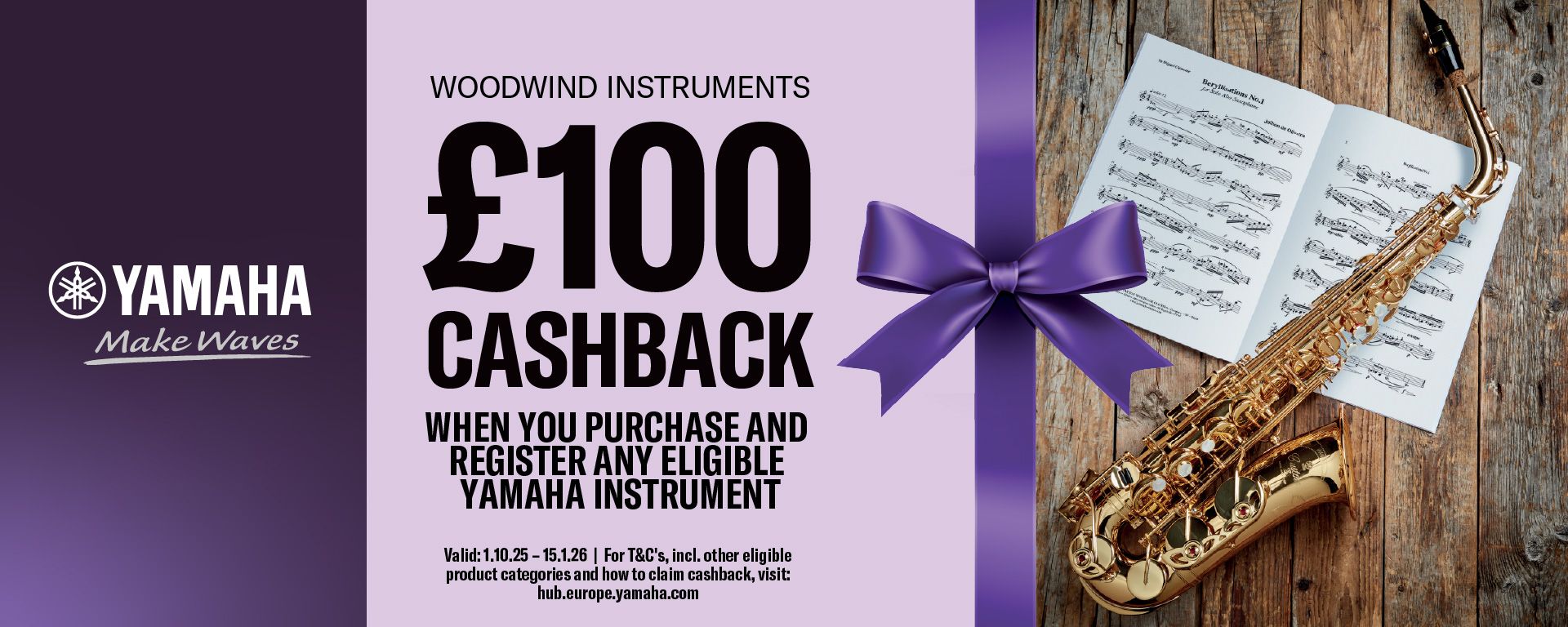Le Pinceau D'Eugene! for Two Flutes (Student and Teacher) [Playing score(s)]
- Great for teachers
From the Publisher
Presentation by the composer:
This piece is part of the series entitled "An investigation by Commissioner Léonard".
Eugene's brush! is a crime novel! There is a wrongdoing, a victim, suspects, an investigator and finally a culprit. This piece is not exactly a duet, more a piece with accompaniment. The student (at the level of the end of the 1st cycle) is the soloist, the teacher is the accompanist. It is reconnecting with a very old tradition; the methods of the 18th and 19th centuries are, most of the time, written for the student with the accompaniment of the teacher. The student is here obliged to constantly find his bearings in the two lines of the score. It is an indispensable work of polyphonic reading.
The characters of this detective novel:
- Commissioner Leonard is quiet, discreet, good man. He is probably a bit chubby and looks a bit like his illustrious colleague Hercule Poirot.
- Eugène Deladin-Boucroix is a famous watercolor painter. His excellent work is very close to that of two other Eugènes: Eugène Boudin and Eugène Delacroix.
- Aristide Gouache is very unpleasant. He is a painter, but his painting, conventional and pretentious, is well representative of what is called the “firefighter style”. He is very jealous of Eugène Deladin-Boucroix.
- Antonio Traverso is Italian, talkative, charming; he loves to make bad jokes.
- Johnny Bisow is an American flautist. He chews gum while playing the flute, which is really rude.
There are, in the repertoire of the flute, works in which themes oppose and combine. This is evident in Mozart, Doppler, Debussy, Hindemith, Prokofiev… Work, in Eugene's Brush! , the characterization of the characters is a necessary step which should allow, later, to precisely characterize the themes (the characters) encountered in the famous authors mentioned above.
Details:
Two improvisations in this piece, or rather two compositions. The music of the 21st century will not be that of previous centuries. It seems important that all musicians, amateurs, professionals, students, and already pupils, can try to write their own music.
Composing is not an activity reserved for learned adults. The word "to compose" comes from the Latin cum-ponere , "to pose with". You can compose a menu or a bouquet.
The music composer does not "create", he arranges, in his own way, the elements of an existing sound material. The rhythm and the conclusion of this piece are the occasion of a work of "com-position", all the musical elements are provided, it is enough to assemble them,
A few tips for pacing:
- Plan how the conversation will unfold: in what order will the topics be presented?
- The conversation must be “more and more animated”. Consider speeding it up (shorter and shorter themes, faster and faster tempo, nuances in crescendo , etc.)
- A classical or romantic cadenza generally begins with the last chord played by the accompaniment, often the dominant chord in the “baroque” music or the tonic chord (sixth and fourth) in 19th century music. Here Commissioner Léonard's last intervention (bar 61) is on the dominant of C Major. You can start the cadence using this dominant chord.
- To end the cadence, you must use the dominant chord ( G, B, D, F ) which is connected (measure 62) with the tonic of C major.
- Transposing the themes is not complicated, it suffices to reproduce the same intervals. This requires care and the use of accidental alterations. Attention ! Eugène Deladin-Boucroix's theme is composed in a particular mode: the tonal scale ( do re mi fa# sol# sib do ).
- To modulate, three tips:
- use the dominant chord of the tone in which you want to go, it's an infallible way;
- another, more elegant process: use the second degree chord of the key in which you want to go;
- third piece of advice: use a common chord (or common notes) in both keys, the one you are leaving and the one you are going towards.
- And above all, do not hesitate to make up the themes by modifying rhythm, nuance, phrasing, tonality, mode, phrasing, accentuation; this is what happens from measure 64 to measure 75.
- Last piece of advice: bring a music book, a pencil and, above all, an eraser; play everything you write, and LISTEN! and have as much fun as the author of this detective novel…
Claude-Henry Joubert
Performance duration (approx): 4'30
Item Details
Our Stock Code: 1558197Instrumentation
- Part 1: Flute
- Part 2: Flute
Category: Duets for Two Flutes
Publisher: Editions Pierre Lafitan
Publisher's reference: FD2978PL
Media Type: Paperback - Playing score(s) (4 pages [score])
Country of Origin: France
HS Code: 49040000

